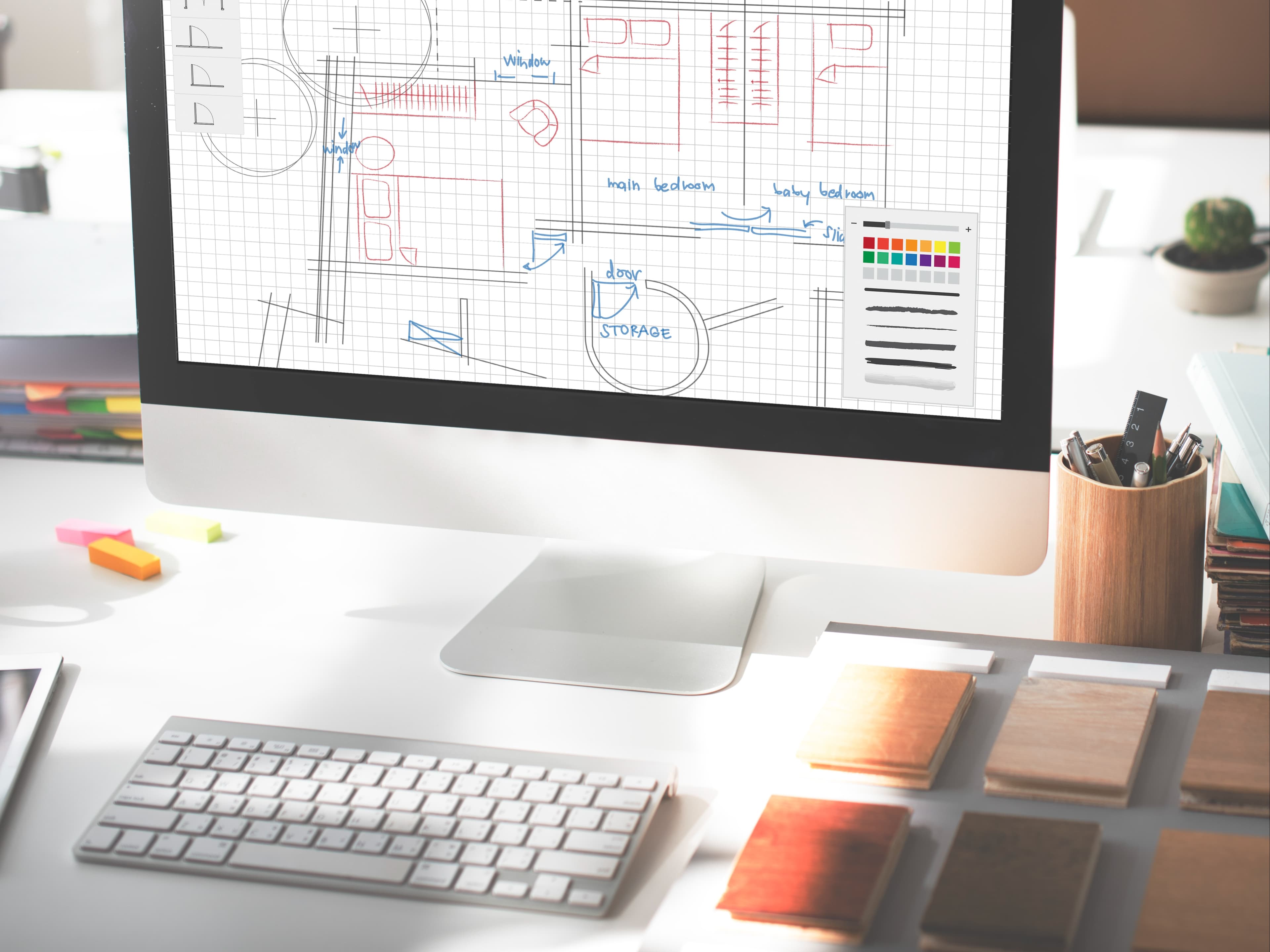Reach Out To Me
This website was designed and developed by Shuvam Shrestha. Always ready to have a quick chat!
Dummy Content
AI Generated

In the fast-paced world of digital design, staying ahead of the curve is not just a goal; it's a necessity. Design systems and tools like Figma have emerged as game-changers, revolutionizing the way design teams collaborate, iterate, and create. In this blog post, we'll delve into the profound importance of design systems and explore how Figma is at the forefront of this creative revolution.
Imagine a scenario where each design element, from buttons to color schemes, varies across different pages or screens of a website or application. Chaos ensues, and user experience suffers. This is where design systems shine. They establish a comprehensive set of guidelines, components, and patterns, ensuring a consistent and cohesive visual language throughout a project.
Consistency not only enhances the user experience but also streamlines the development process. Designers can focus on refining and evolving the design language, confident that the entire team is working from the same playbook.
Figma, a cloud-based design tool, takes the principles of design systems to new heights. Its collaborative features enable designers, developers, and stakeholders to work seamlessly in real-time. No more file versioning headaches or lengthy email chains. Figma allows teams to iterate on designs concurrently, fostering a dynamic and efficient workflow.
One of Figma's standout features is its powerful prototyping capabilities. Designers can create interactive prototypes with ease, enabling them to visualize and test user flows before the development phase. This not only accelerates the design process but also minimizes the chances of rework during development.
Additionally, Figma's user testing features facilitate valuable feedback loops. Designers can share prototypes with stakeholders and end-users, gather feedback, and implement changes in real-time. This iterative approach ensures that the final product meets user expectations and demands.
Design handoffs can be a notorious pain point in the design-to-development process. Figma addresses this challenge by providing a platform where designers can document design specifications, export assets, and generate code snippets. This streamlined handoff process minimizes misinterpretations and accelerates the development phase.
Design systems and Figma are not just tools; they represent a shift in the design ecosystem towards collaboration and inclusivity. Designers, developers, product managers, and stakeholders can now work together seamlessly, breaking down silos and fostering a shared understanding of the project vision.
In the ever-evolving landscape of digital design, embracing design systems and leveraging tools like Figma is not just a choice; it's a strategic imperative. The collaborative power of Figma combined with the foundational principles of design systems empowers teams to create compelling, consistent, and user-centric designs efficiently. As we move forward, the synergy between design systems and Figma will continue to shape the future of digital creativity, setting new standards for innovation and collaboration in the design space.
Empower your aspirations, seize opportunities, and thrive—experience the journey of growth with Oliver Sinclair by your side.

Oliver Sinclair, 2024
Privacy Policy
Terms & Conditions